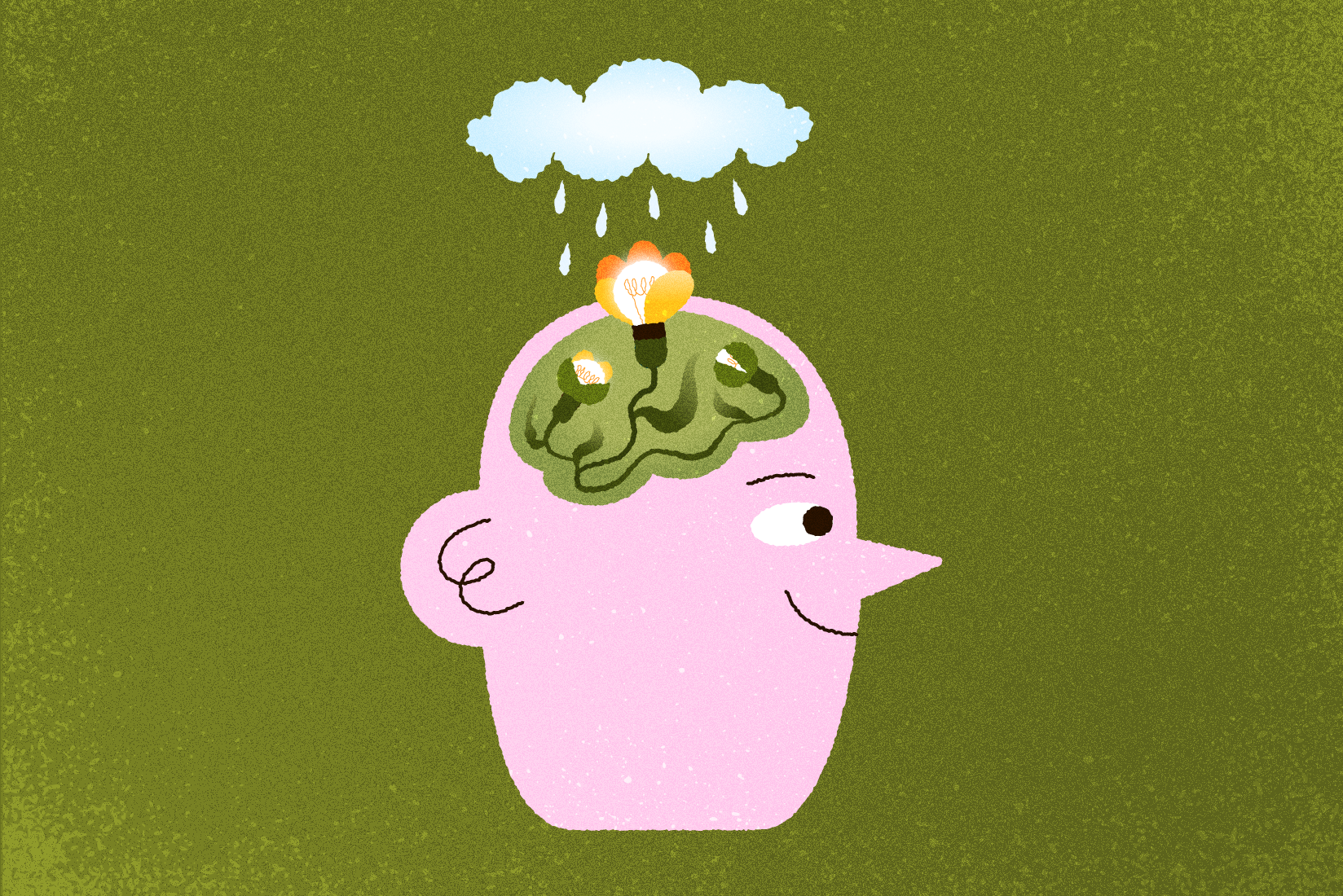7 ways to cultivate your founder’s mindset
Is it possible to train and develop a startup mindset? Or is it something given or not given at birth? We believe you can develop it.

Here are some tips from idea owners on how to notice ideas around you and think more and more like a founder.
Yulia Bychik, the idea owner of Hugfare
1. Pay attention to recurring daily processes that make you or your network annoyed.
Bad service? Time-consuming manual searches?
Probably it’s not just a pain in your neck, but other people’s as well. Listen to complaints from your personal or professional network attentively – it might be rather insightful.
2. Think about how to solve these problems.
It may be the exact point where ideas are born. But be careful at this stage. You may experience imposter syndrome: doubting your abilities and feeling like all brilliant ideas have been already built before.
If this happens, congrats, you’re trapped. But it doesn’t mean you lost. It’s a wide-spread psychological trick. And it’s possible to work on changing your mindset.
The good news is that many successful people also faced it. And how do they differ from the others? They weren’t stopped by fear or uncertainty but kept going."
Marina Mironova, the idea owner of Pets product
3. Try to resist the fear of failure.
Fear is poison for a startupper’s mindset. Of course, it might seem easier to say than do.
But instead, try to overcome the fear of failure by asking yourself as many questions about the idea as possible:
- What's the problem?
- What are the existing solutions?
- Why is your solution better?
- Will users pay for your solution?
You will notice all the fears disappear with each question answered. Only problem statement is left along with the momentum and huge motivation to start solving the problem.
4. Look at failures as stepping stones to learn from, an opportunity to grow and become a better specialist.
Failures may happen very often, and that’s okay. Failures must not turn you away from your path but be a lesson learned and an inspiration for new ideas.
It brings you priceless experience. Remember it.
Art Garadecki, idea owner
5. Get to an idea by focusing on identifying the problems first.
Ideas are easy to get, but ideas that solve real problems in a good enough way are harder to identify. Essentially you have to notice problems, and from that get to ideas for solutions.
You have to rewire your brain a bit to start noticing problems. We are stumbling upon problems every single day. It could be a problem paying for a bus ride because certain cards aren’t supported or you have a problem uploading a fancy font to Figma.
All of those can lead to an idea that will solve your problem or the problem you’ve noticed somebody else encounter.
6. Don’t just notice the problems — document them.
It’s really easy to forget something if you haven’t written it down. You can use your saved messages in a messenger of your choice, notes, a good ol’ notepad, Slack or whatever else you feel comfortable for collecting problems and some insights connected with them.
Personally I add a #tag and a short description of a problem I’ve stumbled upon and maybe even an idea of how this problem could be solved.
7. Don’t overthink it — act!
Thinking can be a good point, but without action you’ll be left with a lot of ideas and almost no understanding whether they are viable ones.
Try talking to people who are encountering these problems to better understand how big the problem is. Find out if there are any solutions — how they've tried to solve the problem. "
It’ll help you to clarify the next steps and stages.
Worst case scenario — you’ll spend some time networking and get to know a lot of people 😎
Here's Art describing his experience with idea validation 👇
Coming up soon we'll have an interview with Irina Demidova, the head of our internal product lab where these ideas were born and tested. Subscribe to our Youtube and stay tuned 📡




